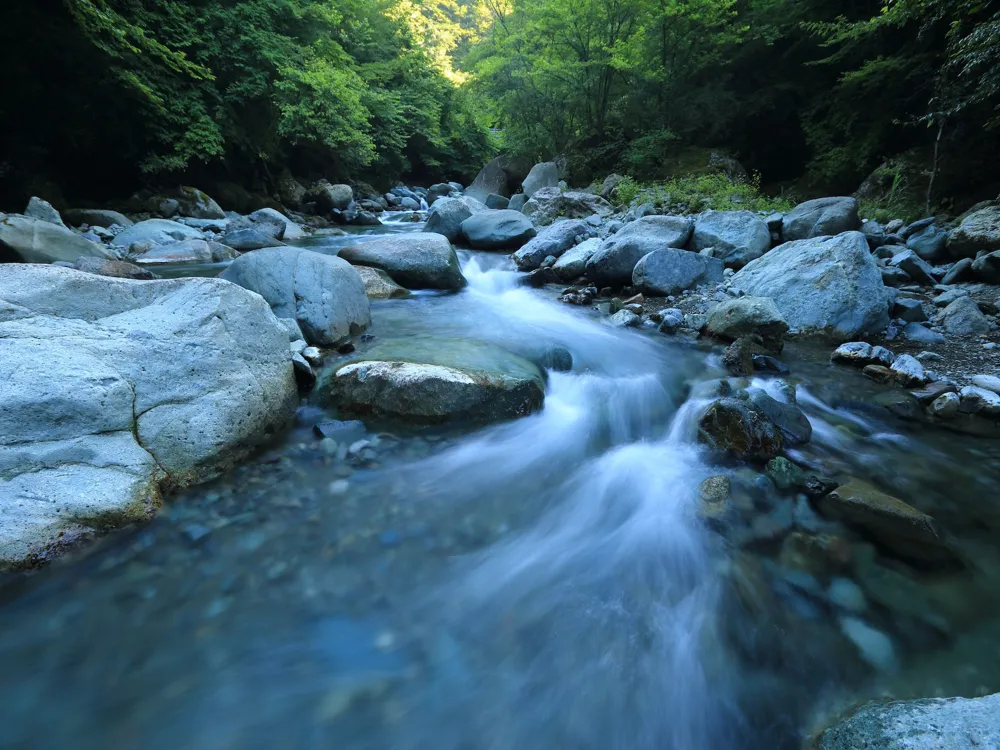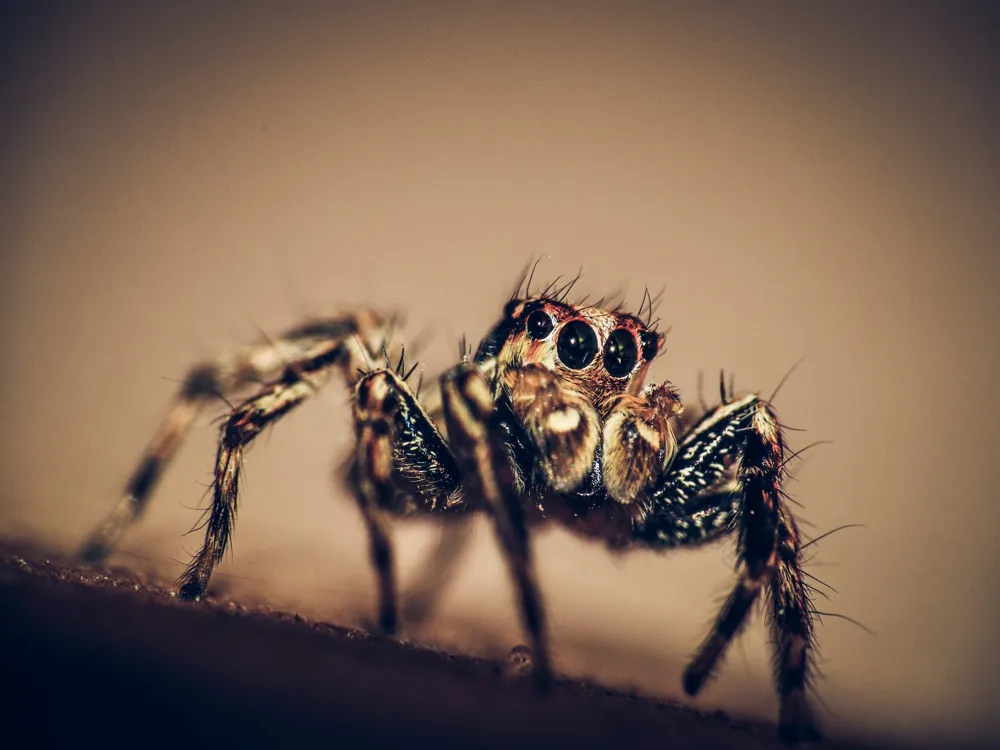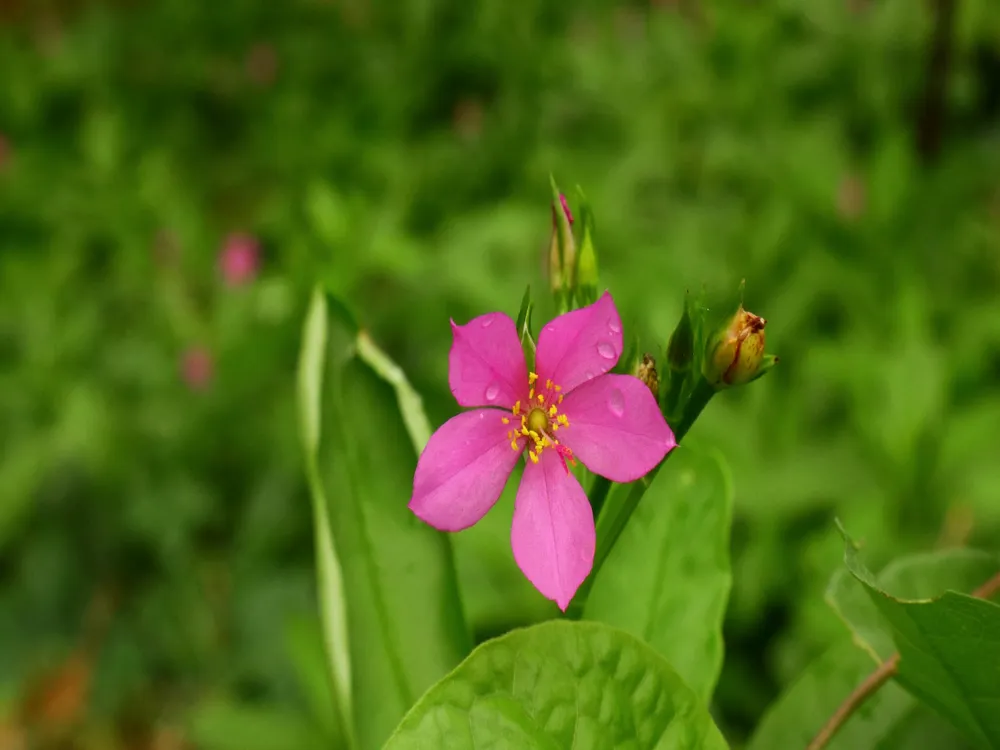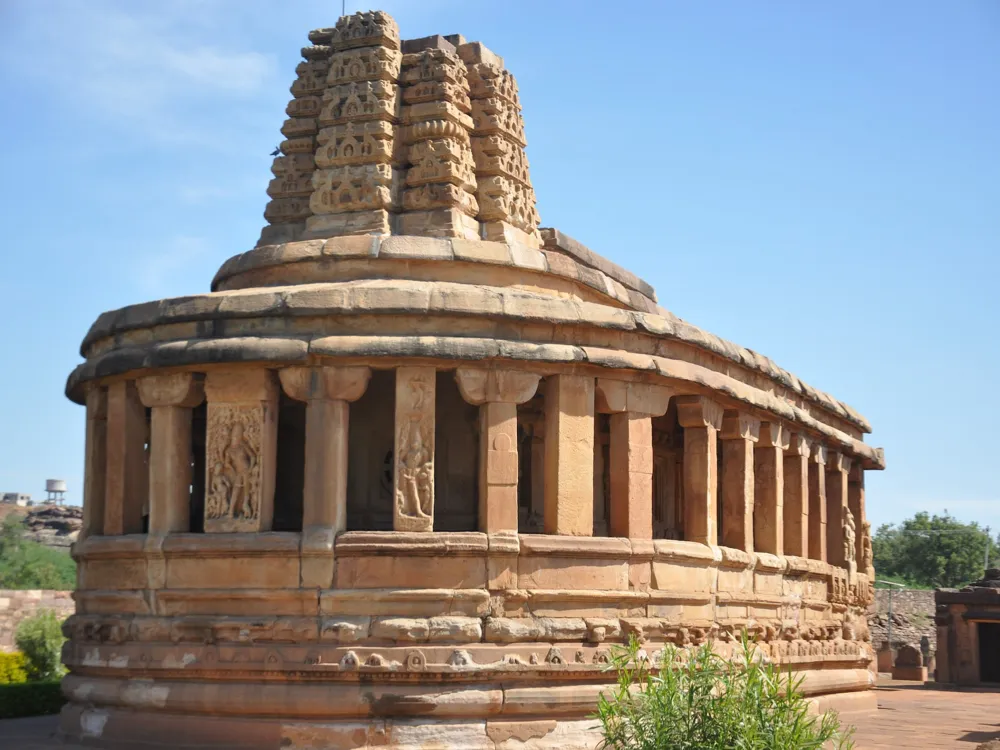Nestled in the serene landscapes of Masinagudi in Karnataka, the Nilgiri Tea Plantations are a testament to the rich history and vibrant culture of Indian tea cultivation. These plantations, flourishing at the foothills of the Western Ghats, offer an enchanting view of lush greenery and tranquil nature. The name 'Nilgiri', meaning blue mountains, is derived from the bluish hue of the eucalyptus trees that adorn the hillsides. The region's unique geographical location, combined with its rich loamy soil and favorable climate, contributes to the distinctive flavor and aroma of Nilgiri tea, making it highly sought after both domestically and internationally. The journey of Nilgiri tea began in the 19th century, when the British introduced tea cultivation to the region. Since then, it has evolved into a well-structured industry, playing a crucial role in the local economy. The tea estates in Masinagudi are not just agricultural sites but also cultural landmarks, representing a blend of traditional practices and modern techniques. Here, one can witness a harmonious coexistence of ancient methods like handpicking leaves with contemporary processing technologies. The tea produced in this region varies from intensely aromatic and flavorful black teas to delicate and fragrant white and green teas. The beauty of Nilgiri tea plantations is not limited to their tea production. These estates are a haven for nature lovers and photographers, offering breathtaking views of rolling hills, dense forests, and rich biodiversity. The sight of neatly lined tea bushes, interspersed with towering trees and wildflowers, creates a picturesque landscape that captivates every visitor. The plantations are also home to diverse wildlife, including exotic birds, making it a perfect spot for bird watching. Additionally, the region's rich cultural heritage is reflected in the local festivals, traditional dances, and cuisine, offering a glimpse into the lives of the communities that have been nurturing these tea gardens for generations. The architecture of Nilgiri tea plantations in Masinagudi is a fascinating blend of colonial and indigenous styles, reflecting the region's historical and cultural influences. The plantation bungalows, designed during the British era, are prominent examples of colonial architecture. These bungalows, often constructed with stone and wood, feature spacious verandas, high ceilings, and large windows, designed to provide relief from the humid tropical climate. The use of local materials and craftsmanship in these structures showcases a fusion of Western design with Indian aesthetics. The tea factories in the Nilgiris also exhibit unique architectural characteristics. Built primarily during the British period, these factories were designed for functionality, with large open spaces for tea processing. The factories are equipped with traditional machinery, some of which date back to the early 20th century, and have been preserved and maintained over the years. This not only adds to the architectural charm but also provides an insight into the evolution of tea processing techniques. Apart from the colonial influences, the architecture of Nilgiri tea plantations also incorporates elements of local tribal cultures. The indigenous communities of the Nilgiris, like the Toda and Kurumba tribes, have contributed to the region's architectural heritage. Their traditional dwellings, known for their eco-friendly and sustainable designs, have inspired several structures within the plantations. These include thatched roofs, mud walls, and use of natural materials, blending seamlessly with the surrounding environment. The landscape architecture of the Nilgiri tea plantations is another aspect that adds to their aesthetic appeal. The orderly rows of tea bushes, interspersed with shade trees like silver oak and eucalyptus, are not only functional for tea cultivation but also create a visually striking pattern across the hills. The plantations often include beautifully landscaped gardens, with a variety of flora, including native and exotic plants. These gardens serve as recreational spaces for visitors and residents alike, adding to the overall charm of the tea estates. The ideal time to visit the Nilgiri tea plantations is between October and March. During these months, the weather is pleasant, with minimal rainfall, offering clear views of the stunning landscapes. It's also the perfect time for outdoor activities like trekking and bird watching. Comfortable clothing is recommended for a visit to the tea plantations. Light layers, hats, and sunglasses are advisable due to the varying weather conditions. Sturdy footwear is essential for walking through the estates and exploring the uneven terrain. Opting for a guided tour can enhance your experience. Knowledgeable guides provide insights into the history, cultivation, and processing of Nilgiri tea. They also share interesting anecdotes and facts about the local culture and wildlife. Visitors are encouraged to respect local customs and traditions. This includes dressing modestly, seeking permission before photographing residents, and being mindful of the environment by not littering or disturbing wildlife. The Nilgiri tea plantations in Masinagudi are well-connected by road, rail, and air. The nearest airport is Coimbatore International Airport, about 115 km away. From there, one can hire a taxi or take a bus to Masinagudi. The nearest railway station is in Ooty, which is connected to major cities in South India. Once in Ooty, visitors canopt for local transportation options like taxis or buses to reach the plantations. For those driving, the plantations are accessible via well-maintained roads, offering a scenic drive through the Nilgiri hills. Read moreOverview of Nilgiri Tea Plantations in Masinagudi, Karnataka
Architecture of Nilgiri Tea Plantations
Tips When Visiting Nilgiri Tea Plantations
Best Time to Visit
What to Wear
Guided Tours
Respect Local Customs
How To Reach Nilgiri Tea Plantations
Masinagudi Tourism
Best Time to Visit Masinagudi
How to Reach Masinagudi
Things To Do in Masinagudi
Nilgiri Tea Plantations
Masinagudi
Karnataka
NaN onwards
View masinagudi Packages
Masinagudi Travel Packages
View All Packages For Masinagudi
Top Hotel Collections for Masinagudi

Private Pool

Luxury Hotels

5-Star Hotels

Pet Friendly
Top Hotels Near Masinagudi
Other Top Ranking Places In Masinagudi
View All Places To Visit In masinagudi
View masinagudi Packages
Masinagudi Travel Packages
View All Packages For Masinagudi
Top Hotel Collections for Masinagudi

Private Pool

Luxury Hotels

5-Star Hotels

Pet Friendly


















